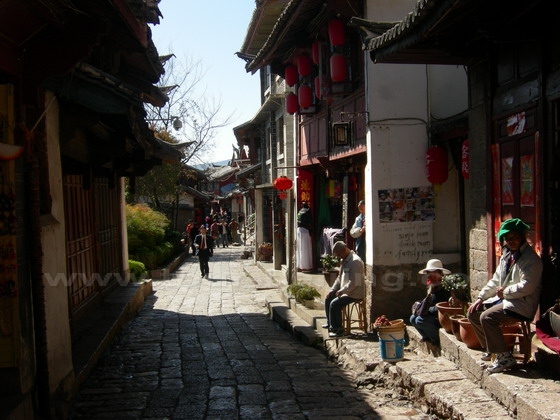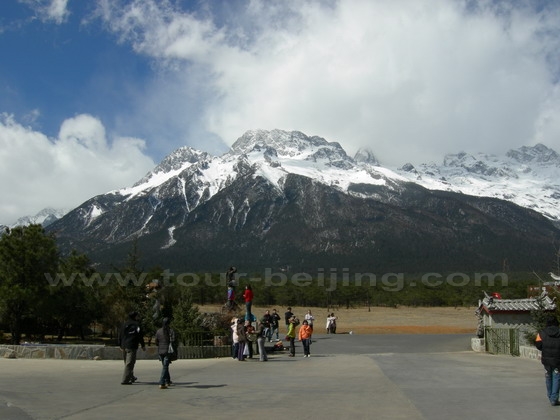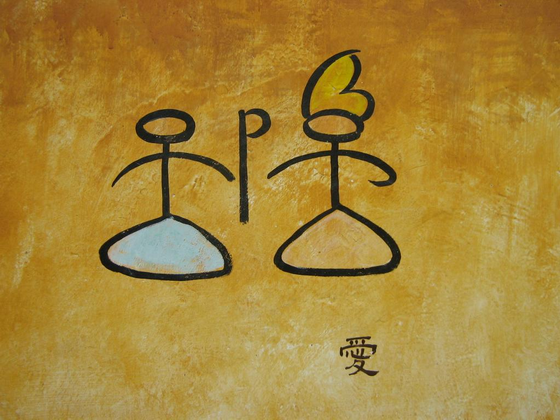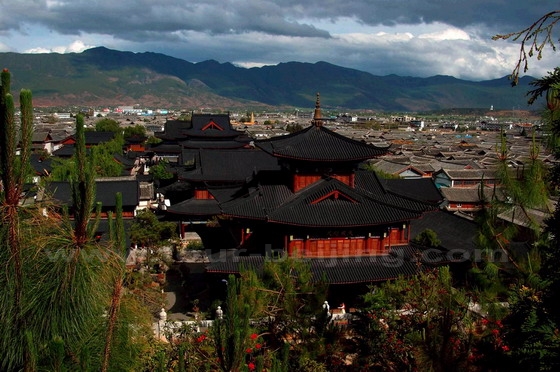Lijiang Captures the Essence and Beauty of China
Lying in the northwestern part of the Yunnan province is the sleepy town of Lijiang which was a discovery in the late eighties and was brought to the forefront by the devastating earthquake that hit China in1996. The city has preserved a history of more than 800 years and even today is a town that is a perfect place to relive the lifestyle that has remained untouched throughout centuries. It is a cultural hub of many ethnicities and marked by the scenic natural beauty and ancient buildings telling tales of bygone eras.
What Makes Lijiang so Attractive?
Lijiang is a small city in Yunnan Province of China. It has become an integral part of the itinerary of summer programs for high school students and gap year programs alike. It is one of the most beautiful places to visit when one is in Yunnan for gap year jobs or Chinese language programs.
The city has an 800-year-old history which incorporates the life and times of the late Song dynasty. It has been included in the World Heritage list because of the history that it incorporates. It also is resplendent with Naxi culture. The city is marked by its ancient buildings which picture a serene lifestyle and make one want to stop and ruminate just the way countless philosophers would have done while passing through over centuries that have gone by. Lijiang first drew the attention of the Western countries when it was mentioned in a book written by a commissioner. He traveled to the city in the late eighties when China’s liberal policies allowed foreigners to travel deeper into China. The city was discussed along with Shangri-La and became famous.

The city was a lost town which was stuck in time for centuries. Its residents lived the lifestyle of their ancestors and were almost oblivious of the things happening outside. It is a well-known fact that the city was hitherto unknown even by most of the Chinese people. Apart from the book, what brought it to the forefront was a disaster. In 1996, the city was severely affected by an earthquake and the media coverage as a result of which revealed it to the nation and the world.
It is a place that is comprised of gorgeous landscapes and scenic beauty. With its low latitudinal position and high elevation, Lijiang has an average temperature of almost 55 degrees Fahrenheit throughout the year with dry sunny summers, cold winters and rainfall for almost four months. This has helped the stunning natural beauty it is marked by.
The city of Lijiang sits at the sea-level of about 2400 meters. The Jade Dragon Mountain is an half hour’s drive and about 14 km from the downtown Lijiang. The Jade Dragon Mountain is the one of the warmest snow mountains in the world. It has four seasons for a day. It is also one of the snow mountians closest to the living place. There are three cable-car stations on the mountain.

Apart from the natural beauty and pristine history that has been sealed in time in Lijiang, the city is also one of the primary cultural hubs for the Dongba culture which has been passed down for generations. The town itself is an orderly place that has waterways and bridges throughout. This town was a landmark site on the trade route comprised of the Old Tea Horse Road and linking Western Yunnan and Tibet more than 800 years back!
The Naxi Dongba scripts Dongba culture The Naxi Dongba scripts Dongba culture
The Naxi Dongba scripts Dongba culture
One of the highlights of the city is the Mu Mansion which has been the residence of the Mu clan which reigned over Lijiang for more than 400 years. This mansion has been renovated by World Bank funding after the 1996 earthquake. Not far from the city lies the ancient town of Shuhe, which in Naxi language means “the village at the foot of the mountain”. This town is a heritage site as well as one of the country’s “Key protection units of cultural relics”.

If you go to study abroad in China, Lijiang is a site that must not be missed.





